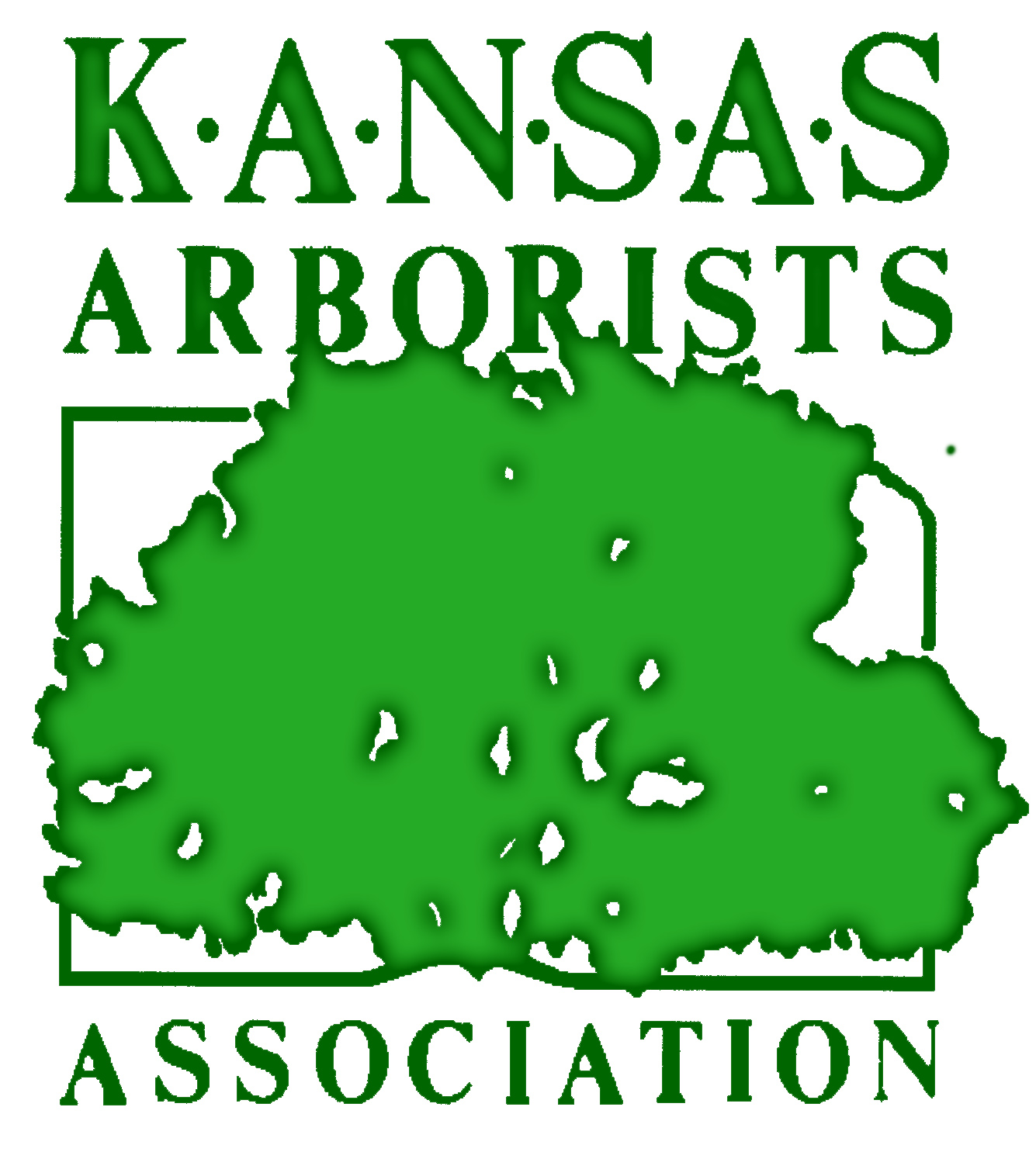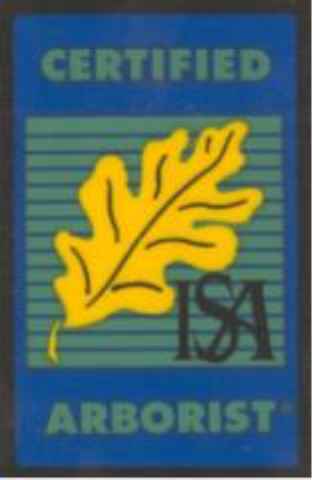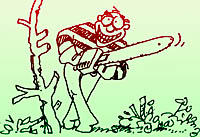Pruning Trees-Basic Principles
We should start at the beginning. In urban areas, trees will require maintenance over the life of the tree.
There is nothing set in stone regarding pruning. Most trees will require some work every 2-4 years,
depending upon species and growth rate.
Trees close to areas where people live, walk and play require greater attention.
Pruning is of particular importance for several reasons.
Early Pruning-*An ounce of prevention is worth a pound of cure -It is generally better to let a newly planted tree grow for a season or two before doing any significant pruning.
We need roots to establish and the tree to grow out/recover
from being in a pot/rootball( which is similar to suspended animation) to being planted into
our wonderful clay soil. Once we know our tree is thriving, we need to take a look at a few things.
Does it have a strong central leader? Many trees that come from the nursery have more than one main
stem, some with multiple competing leaders.
What does this mean? A sturdy, well shaped tree( think Oak) will have one main, dominant stem.
All the other branches grow radially from this strong, central leader. This is the most desired form
for resistance to wind, snow and ice.
Trees that have competing-either double leaders or multiple leaders are predisposed to splitting or
failure under loading. These stems oppose each other, pull away from each other. As the tree grows and the wood expands, they eventually grow into each other, forming seams/tight areas. These seams are subject to
freeze/thaw and water flows into these seams. Over time, with outward expansion of wood, decay will develop, further weakining these problem areas. Arborists see these types of failure after every high wind/storm.
Correcting these problems early in the life of the tree is relatively easy and infinitely cheaper.
We can remove an entire stem early and the tree will fill in within a few years. We can also
prune/reduce a competing leader back to another limb, creating a laterally growing branch.
This process is known as subordination, a crucial concept in the realm of pruning.
*FYI-there is a great book on pruning by Dr. Edward Gilman- An Illustrated Guide to Pruning
that is the definitive guide to pruning and explains important concepts like subordination.
I am a huge fan of Dr. Gilman and have attended his past presentations on pruning.
He is a strong advocate for not overpruning trees!
Deadwood removal -Removing deadwood is extremely beneficial.
On young trees, this is not a huge issue.As trees grow and canopies expand upward and outward, there is
intense competition for sunlight. Inner and lower limbs not receiving adequate sunlight will die out.
This is a natural progression of tree growth, always upward and outward.
Trees use a tremendous amount of energy to wall off dead branches. Chemical barriers and walls of reaction wood form and branch collars expand to break/wall off dead limbs.
When dead branches are pruned correctly, at the branch collar, we have effectively allowed the tree to allocate this energy into growth and storage.
As trees grow larger, deadwood can become a major safety issue. Any dead limb larger than 2 inches in
diameter falling out of a tree can hurt someone, if it hits you in the head, it might kill you!
This is generally an Arborist's first criteria when assessing a pruning project -Is there large deadwood present in this tree? On larger trees, safety first. Get the large deadwood out and everything else falls into place.
*For some deep insights into tree wounds and responses, see Dr. Alex Shigo's exhaustive research
Crossing/rubbing limbs-It just makes sense to remove limbs growing together. Keep the limb you can't live without and get rid of the offender.
Epicormic sprouts-Watersprouts, (also called suckers) This can be a touchy issue depending on who you are speaking with. Most Certified Arborists advocate selective removal of watersprouts.
Tree trimmers will "skin out" a perfectly healthy tree, removing most if not all watersprouts along with a
great deal of the interior limbs. This overpruning can cause stress to the tree regarding leaf mass/root to crown ratio. If leaves are providing sugars/starches as a type of tree "food" and I remove a vast majority of
them, I have not helped this tree or my client by these actions-Whose interests am I serving?
From a structural and resistance standpoint, by removing scaffold/interior limbs, they have changed the limb dynamics. With no supporting-balancing limbs, they have created a tip heavy monster of each individual limb
that will be subject to more movement and subject to failure under loading events.
Thinning Canopies-This falls under most of the previous paragraph. Selective thinning is advocated by Arborists. I never want to remove a large amount of foliage from the interior. To get more light to the yard,
it is important to take into account where the sun is at different times during the day and prune accordingly.
I do believe it is a good idea to selectively thin trees for the right reasons.
*When hiring someone to do tree work for you, meet with them first and see if you are in agreement
on general pruning principles.Make sure they aren't talking about removing a tremendous amount of foliage. Also make sure they won't be wearing climbing spikes in your tree when doing their
pruning. I cannot tell you how many trees I have seen needlessly damaged by climbing spikes. It is important for the average person to know this is not an accepted practice. This will only stop when hoemowners-customers no longer accept this. Make sure the people coming out to actually do the work are properly supervised by a Certified Arborist and most importantly-the person working on your trees is a
Certified Arborist.
If your trees have value to you, call a professional.
I have a theory-We all ultimately get what we pay for.
Time and experience has proven this to me.
Contact me with any questions regarding tree care










